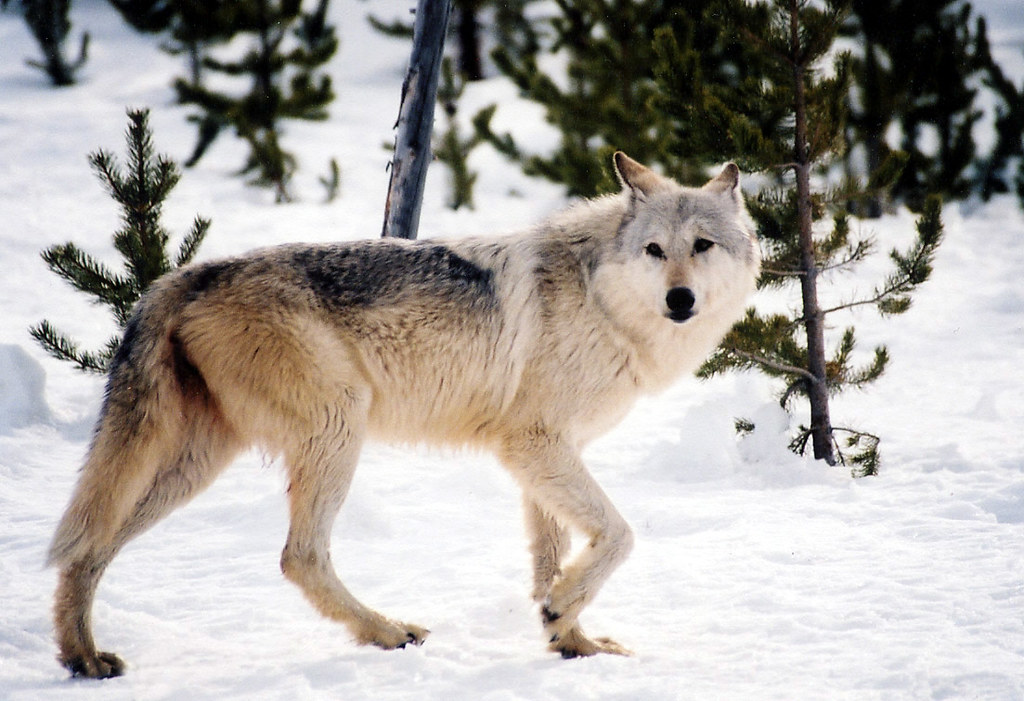
A public comment submitted to the Colorado Parks and Wildlife Commission regarding its draft wolf restoration and management plan.
Key Points
- To effectively restore wolves to the state, Colorado should adopt policies making wolves an asset, rather than a liability, to the ranchers and other private landowners that provide habitat
- Colorado should help ranchers minimize conflicts between wolves and livestock
- When such conflicts occur, ranchers should be fairly compensated for the costs they bear
- But the state should go beyond merely covering losses by supporting markets and incentives that reward rural landowners and communities for living among thriving wolf populations
Introduction
PERC supports the commissions’ interest and efforts to mitigate the costs wolves may impose on rural landowners and communities. The history of wildlife protection in North America is a story of restoring species as much as it is conserving them. Many species now considered common, including elk, deer, and wood ducks, were once on the brink of extinction due to a combination of overhunting and habitat loss. Thanks to the concerted efforts of conservationists who established a system of wildlife conservation laws and institutions, collectively known as the North American Model of Wildlife Conservation, these and other species have returned to relative abundance. Today, the wolf is following in their footsteps.
Wolf restoration in the West began in 1994 when 41 wolves were reintroduced to their former range in Yellowstone National Park. They were followed a year later by an additional 15 wolves released into the wildlands of Central Idaho. Three years later, 11 wolves of the Mexican subspecies were reintroduced to national forest lands in Arizona.
From these relatively humble beginnings, the wolf population across western states now numbers more than 3,000 animals. Most of these wolves are found in these states surrounding the original reintroduction sites. Individual wolves are dispersing, however, with breeding populations now being found as far away as California.
Wolves have also been dispersing into Colorado with probable sightings dating back to 2004 and the first breeding pair being confirmed in 2021. The presence of a breeding pair, however, does not mean that the return of the wolf to Colorado is certain. For wolves to become established in Colorado, the pups born last year will need to avoid inbreeding and that will require creating opportunities for them to mate with wolves from different parents.
The wolves that pioneered a new home in Colorado and are raising a family there started out in Wyoming. To reach Colorado, wolves encounter a variety of challenges. The path south crosses Wyoming’s “predator zone” where anyone can kill a wolf, by any means, at any time of the year. In 2021, 38 dispersing wolves were killed in this zone. wolves must also cross a busy interstate, I-70, where wolves have died after being hit by vehicles in the past.
The challenges faced by wolves mean they need a helping hand if they are to establish themselves in Colorado. In 202, Colorado voters approved Proposition 114, which directs the Colorado Parks and Wildlife Commission to develop the plan to reintroduce and manage wolves.
The return of wolves to Colorado will create benefits and impose costs. The draft plan recognizes this. Benefits may include a reduced prevalence of Chronic Wasting Disease, reduced competition for forage, between livestock and other ungulates, and increased wildlife tourism opportunities.
The costs of wolf restoration are certain to include the occasional loss of livestock and other economic impacts on ranchers. In 2021, wolves were confirmed to have killed 50 cattle and 53 sheep in Wyoming. That same year, wolves killed 67 head of cattle and 29 sheep in Montana while 127 head of cattle were killed across Arizona and New Mexico. While programs exist to financially compensate ranchers for these losses, the compensation is often not enough to encourage tolerance.
Private ranches support a variety of wildlife, as well as livestock. Species associated with the grasslands that characterize the Western Slope’s ranches include Gunnicon’s prairie dog and the Gunnison sage grouse, a species listed as “threatened” under the Endangered Species Act. It is important that the costs accompanying wolf reintroduction not comprise the financial viability of large, working ranchers and increase the risk that they are sold for development. This means getting the incentives right and minimizing the loss of livestock and other negative impacts on ranchers’ bottom line is central to the success of Colorado’s wolf restoration program. At the very least, the people who live alongside wolves should be able to do so without fear of economic ruin. ideally, enthusiasm should be built for the wolves’ return.



